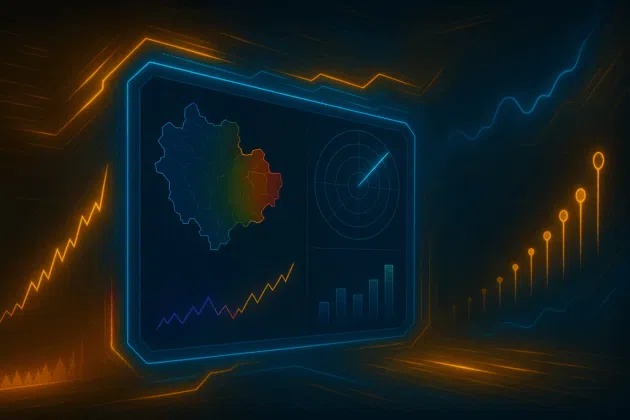-
KDB-X: Next-gen kdb+ is here – and it’s built different
17 November, 2025
-
Benchmarking KDB-X vs QuestDB, ClickHouse, TimescaleDB and InfluxDB with TSBS
14 November, 2025
-

GPU acceleration in KDB-X: Supercharging as-of joins and sorting
6 November, 2025
-

KX wins a-team insight’s AI in capital markets award for best AI solution in high-performance data processing
14 October, 2025
-

Force multiplier: Unlocking the strategic value of Defence data at speed and scale
29 September, 2025
-

Tutorial: Hybrid search with BM25 in KDB-X AI libraries
24 September, 2025
-
Mastering data in Defence: Turning information overload into strategic advantage
22 September, 2025
-
Tutorial: Fuzzy filters for symbol changes with KDB-X AI-Libs
17 September, 2025
-
Unlock real-time market intelligence with KDB-X MCP server
12 September, 2025
-
The AI horizon and the human factor in FX trading
2 September, 2025
-
From insight to impact: Unlocking defence data with real-world use cases
1 September, 2025
-
AI scalability is a tightrope. Can your firm keep its balance?
29 August, 2025

Empowering innovation at ADSS with PyKX
Discover how ADSS uses PyKX to accelerate quantitative research and drive innovation in trading and analytics.











